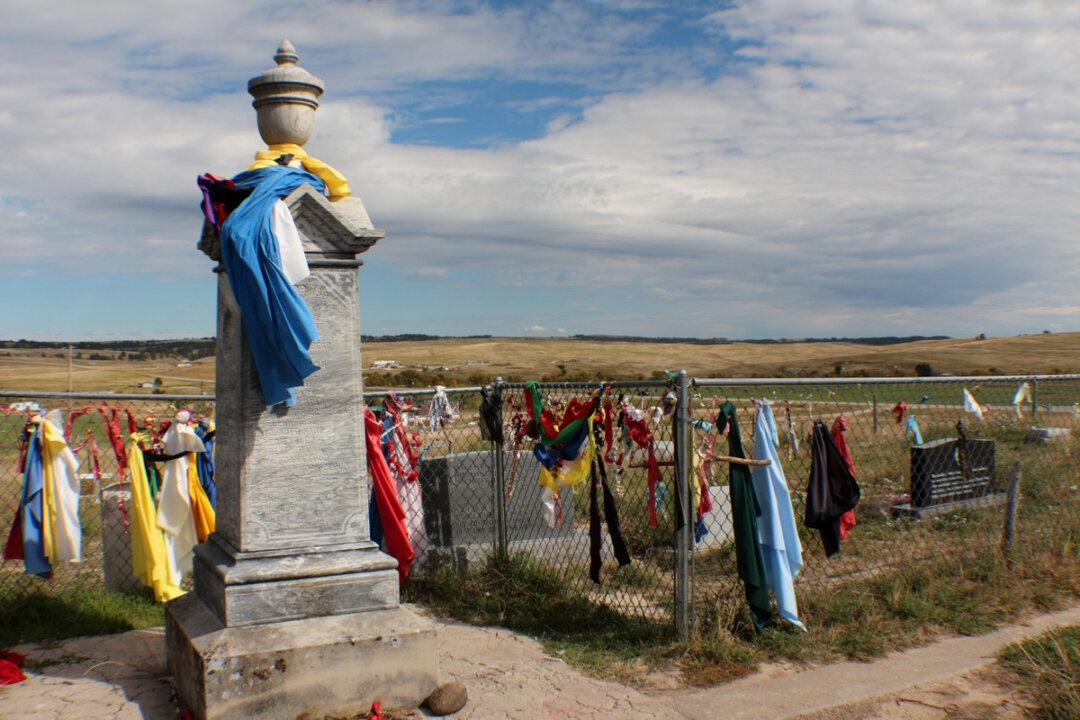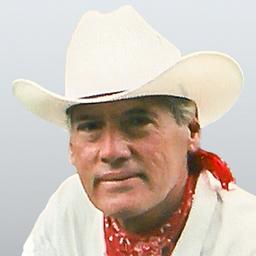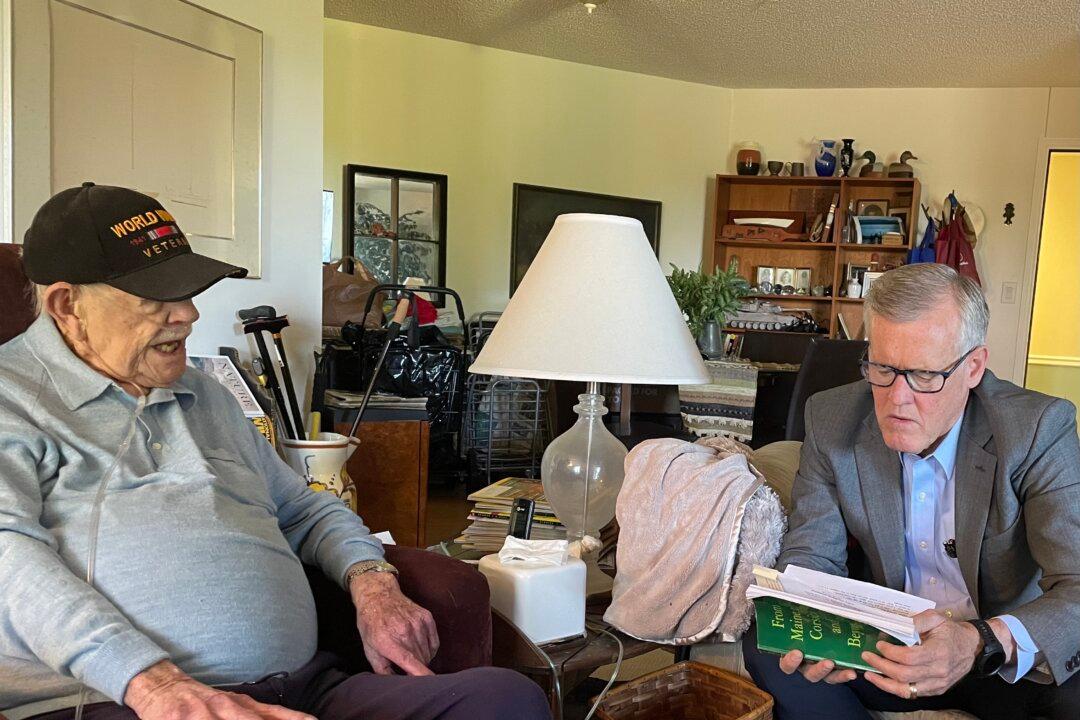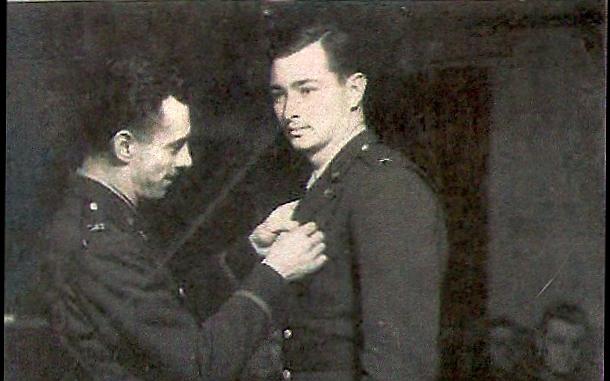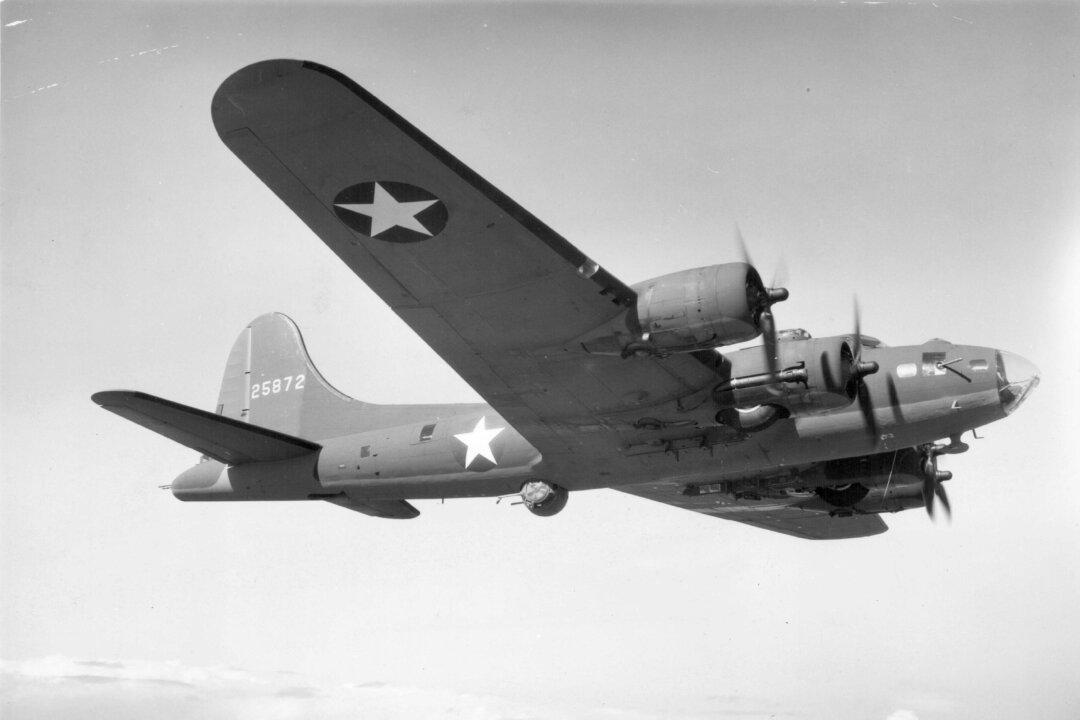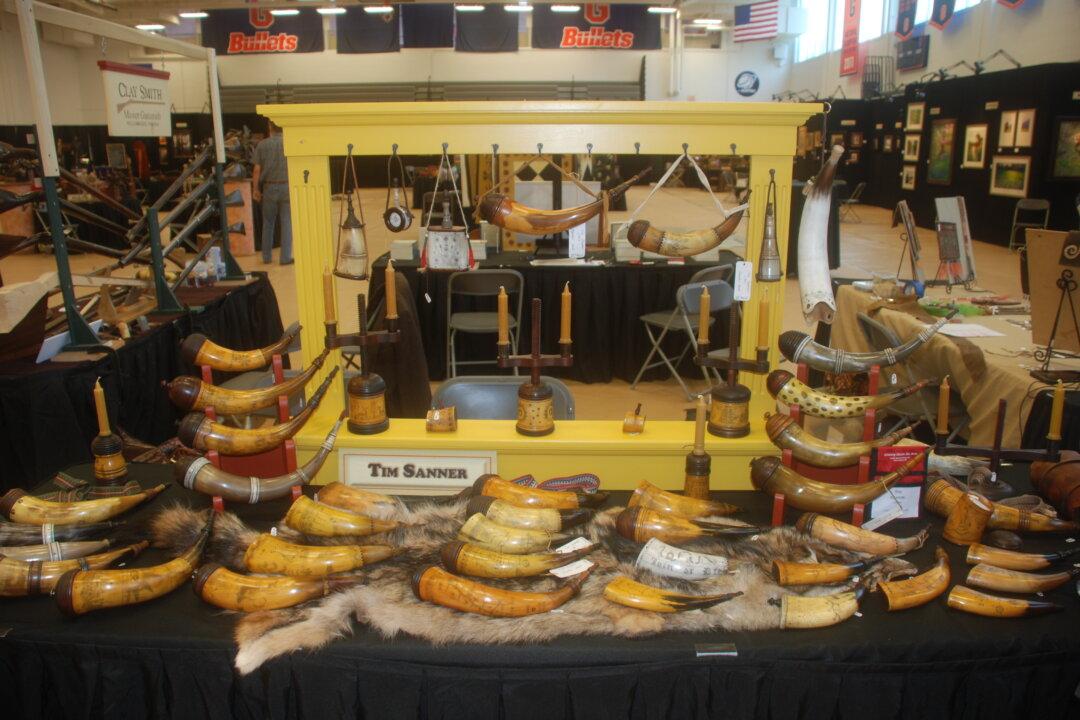Do the people of the past have a voice? History is written by the victors.
Emerson Elk, a fluent Lakota language speaker and full-blooded Lakota, speaks softly. He is proud of his heritage. With his wife, Jerilyn, he tries to correct the myth of white man’s history.
His is a quiet voice that speaks to any who will listen.
Background
Recently a federal judge in Tampa, Florida, returned treasure that was recovered by salvage in international waters to the Spanish government. The case made headlines, since the salvors used deep water technology to find a galleon that had transported gold and silver taken from conquered peoples in the New World. The vessel sank and was forgotten for centuries until it was discovered by the company Odyssey Marine Exploration and salvaged, and the treasure was brought to Florida.

